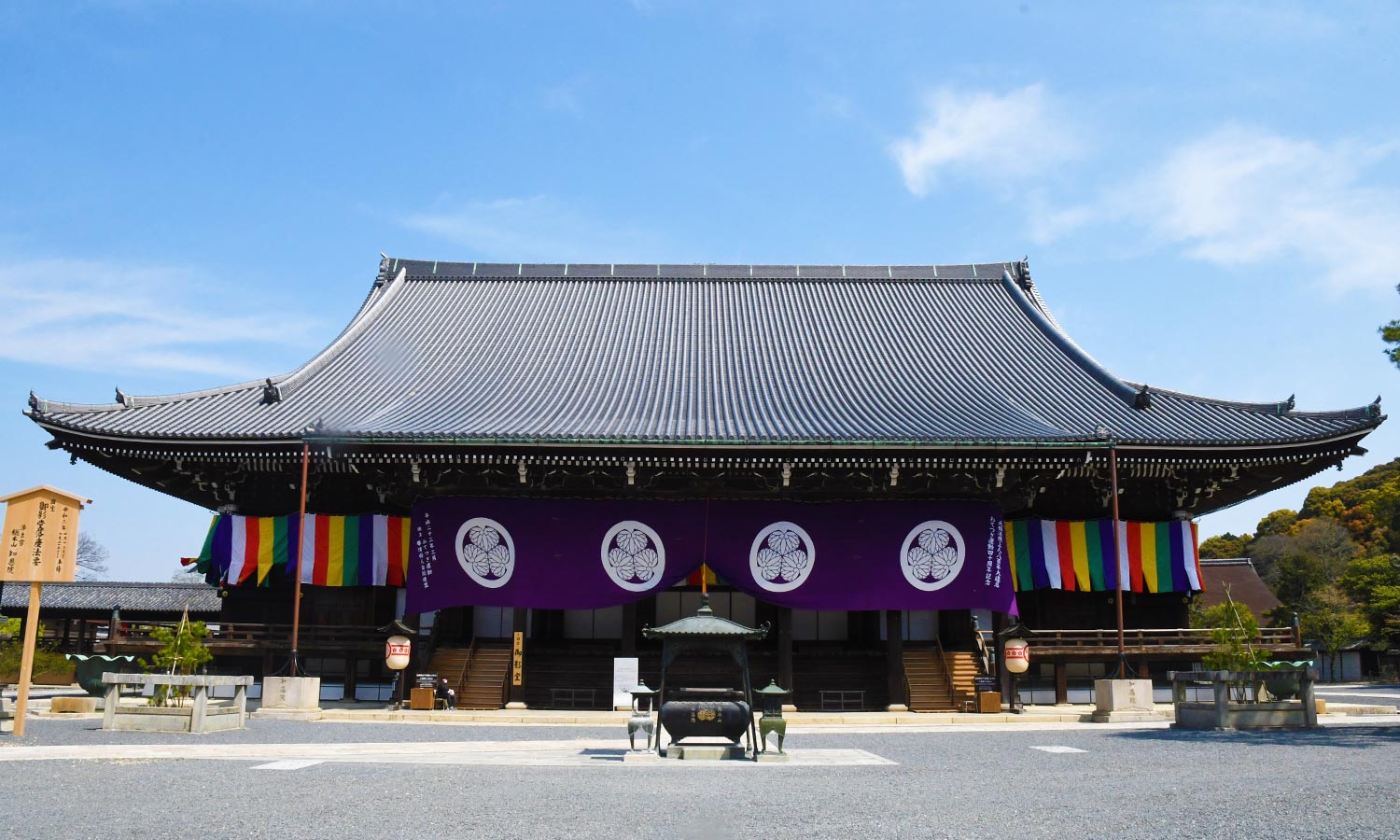Introduction
Chionin Temple, the head temple of the Jodo sect of Japanese Buddhism, stands as one of Kyoto’s most iconic religious sites. Founded in the 12th century, this ancient temple is renowned not only for its magnificent architectural complex and expansive gardens but also for its profound historical significance and religious importance. This guide will take you on a deep dive into Chionin’s history, architectural features, key attractions, and practical information to help you plan an unforgettable visit to this Kyoto gem.
Chionin Temple at a Glance
- Head temple of the Jodo sect of Japanese Buddhism
- Home to Japan’s largest wooden temple gate – the Sanmon Gate
- History dating back to the 12th century
- Outstanding example of architecture, art, and garden design
- Located in Kyoto’s Higashiyama District, easily accessible
- Open year-round with seasonal beauty
Rich Historical Background
Chionin’s history can be traced back to 1175 when Honen (1133-1212), the founder of the Jodo sect, began preaching here. Honen was initially a follower of the Tendai sect at Enryakuji Temple on Mount Hiei. At that time, Buddhism was largely limited to monks and aristocrats, with common people lacking the resources or learning to participate in Buddhist rituals and ceremonies.
After encountering Chinese Buddhist texts, Honen discovered a new path to salvation – simply reciting the name of Amida Buddha in faith could lead to rebirth in the Pure Land paradise. This idea became the core teaching of the Jodo sect, offering ordinary people the same opportunity for salvation as priests or aristocrats.
The Jodo sect quickly gained popularity among the masses but also faced opposition from established sects. Despite this, Chionin has maintained its position as the head temple of the Jodo sect and holds a significant place in Japanese Buddhist history.
Main Attractions
Sanmon Gate – Japan’s Largest Wooden Temple Gate
The most striking feature of Chionin is its massive Sanmon Gate. Built in the early 1600s, this gate stands 24 meters tall and 50 meters wide, making it the largest wooden temple gate in Japan. While the gate’s balcony is not open to the public, simply standing before it and gazing up at its imposing structure gives visitors a sense of Chionin’s grandeur.
Miedo Hall (Main Hall)
The Miedo Hall is Chionin’s principal worship hall, housing a statue of priest Honen, the founder of the Jodo sect. This impressive building serves not only as a center for worship but also as the best place to experience the spirit of the Jodo sect.
Amidado Hall
The Amidado Hall houses a statue of Amida Buddha, the most important Buddha in the Jodo sect. Visitors can sense the core beliefs of the Jodo sect here.
Other Buildings and Gardens
Beyond the main structures, Chionin boasts several smaller buildings and two exquisite gardens:
- Seishido Hall: The oldest building on the temple grounds, dating back to 1530
- Honen’s Mausoleum: Contains the ashes of priest Honen
- Hojo Garden: A traditional Japanese garden behind the priest’s living quarters, designed by a monk in the mid-1600s
- Yuzen Garden: A modern garden beside the Sanmon Gate, combining rock and pond garden styles
Best Time to Visit
Chionin is open year-round, with each season offering its unique charm:
- Spring: Cherry blossoms in full bloom
- Summer: Lush greenery and a cool retreat
- Autumn: Spectacular fall foliage, perfect for photography
- Winter: Occasionally snow-covered, presenting a serene, otherworldly landscape
It’s advisable to avoid Japanese Golden Week and New Year periods when crowds are at their peak. Early morning or late afternoon visits offer different lighting effects and a more tranquil atmosphere.
Getting There
Chionin is located in Kyoto’s Higashiyama District, near Maruyama Park and Yasaka Shrine:
- By Subway: Take the Tozai Line to Higashiyama Station, then walk about 10 minutes (15 minutes, 260 yen from Kyoto Station)
- By Bus: Take Kyoto City Bus 206 to Chionin-mae bus stop, then walk about 5 minutes (20 minutes, 230 yen from Kyoto Station)
Hours and Admission Fees
Chionin Temple Buildings:
- Hours: 9:00 to 16:30 (last entry at 16:00)
- Open daily
- Free admission
Hojo and Yuzen Gardens:
- Hours: 9:00 to 16:30 (last entry at 15:50 and 16:00 respectively)
- Occasional irregular closing days
- Admission fees:
- Combined ticket for both gardens: 500 yen (ticket sales end at 15:20)
- Hojo Garden only: 400 yen
- Yuzen Garden only: 300 yen
Visitor Tips and Advice
- Wear comfortable walking shoes as the temple grounds are extensive
- Bring small change for admission fees and incense offerings
- Maintain a respectful silence to preserve the temple atmosphere
- Follow photography guidelines where applicable
- Allow 2-3 hours for a thorough visit
- Consider combining your visit with nearby Maruyama Park and Yasaka Shrine
Official Website
For more information, visit Chionin Temple’s official website:
- Japanese: https://www.chion-in.or.jp/
- English: https://www.chion-in.or.jp/en/
Conclusion
Chionin Temple is not just an ancient Buddhist sanctuary but also an excellent place to experience traditional Japanese culture and religious atmosphere. Whether you’re a Buddhist devotee, history enthusiast, or architecture and art connoisseur, Chionin offers a unique and profound visitor experience. Make sure to include this majestic yet vibrant temple in your Kyoto itinerary to feel the essence of the Jodo sect and marvel at the architectural wonders of Japanese Buddhism. Chionin is sure to become one of your most memorable Kyoto experiences.
